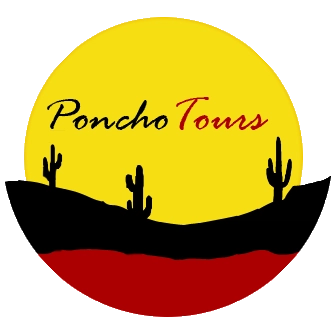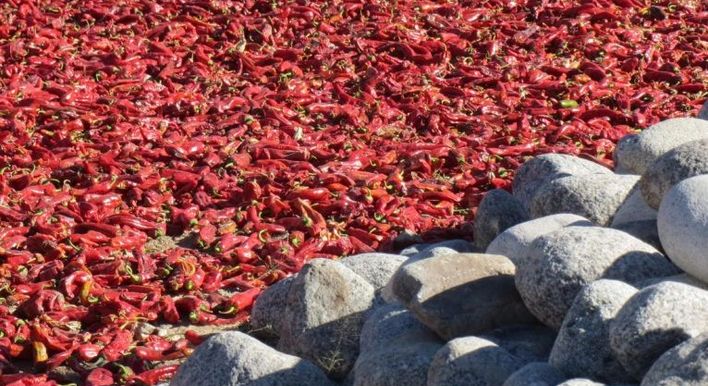As we mark World Malbec Day on April 17th, consider this: in 1995 the Malbec grape, first introduced with such success in the mid 19th century, was in the doldrums, with only 9,746 hectares in production: that was 4.6% of the country’s total wine output.
A tour we think you'll love
By way of comparison, as I write, more than 44,337 hectares are under cultivation, making up 22% of the total plantation of grapes for wine, and Malbec is by far the most important variety produced in Argentina.
How did we get here, and how did this French grape from Cahors become the ubiquitous grape variety of Argentina, making my adopted home the world leader in Malbec?
It goes back to a combination of changing fashion trends (pre-internet influencers if you like), and a tough, original, ingenious response to hard times.
The Argentine wine trade was heavily damaged by the arrival of beer and fizzy pop in the 1970s onwards, when the country was also suddenly flooded with foreign imports.
Locally, consumption of Argentine wine plunged from 90 litres per person in 1973 to 55 litres in 1990. (90 litres is almost two litres per week, so considering the number of teetotallers I know there must have been some pretty serious problem drinkers around).
The knock-on effect of the change in trends meant that 36% of Argentine vineyards were ripped out between 1982 and 1992.
But what sort of wine were people drinking? Generally, it was mass produced cheap, rough wine, probably mixed with soda water to make it more palatable.
Of course, every crisis presents an opportunity, and Argentina’s wine regulator, the Instituto Nacional de Vitivinicultura (INV), seized it with gusto.
As millions of crates of cheap wine gathered dust in warehouses, and hipsters in Buenos Aires bars necked foreign beers and cocktails, the INV brought in new regulations banning the planting of high producing lower quality vines for the next five years, to concentrate instead on varieties likely to produce fine wines, including Malbec, long shunned because of its relatively low yield.
In many ways, they followed the example of Malbec’s founding father, San Juan’s Renaissance man Domingo F Sarmiento, who oversaw the revolution in wine production in the mid 19th century,
When Sarmiento brought over the Malbec grape from France, along with expert French enologist Michel Aime Pouget, it was to replace old, highly productive but low quality vines.
To bring us up to date, at the turn of this century, the New World producers were trying to elbow their way into a market dominated by France, Spain and Italy, who still produce half the world’s wine.
They decided to promote the single varieties that work best: Australia chose Syrah, New Zealand Sauvignon Blanc, Chile Merlot and Argentina Malbec.
Between 1995 and 2018, Malbec established its hold over Argentina’s vineyards, increasing its surface area by 341%: and, crucially, the concentration on good quality wine has led to a boom in exports.
While in 1976, Argentina exported 450,157 hectolitres of wine (with 6% of it classified as fine wine, the rest table wine), last year 2.7 million hectolitres were shipped to 124 different countries.
Of those exports, Malbec takes pride of place: between 2004 and 2018, while exports of all wine increased 77% in volume and 255% in value, over the same period Malbec alone contributed 450% increase in volume, and an 823% increase in value. Nearly half of all wine exports were Malbec or blends containing the grape.
In 2022, according to provisional data from the INV, 1.5 million hectolitres of Malbec were sold in foreign markets, worth US$509 million: and Argentina is now the world’s biggest producer of Malbec, with 70% of the market.
The synergy of climate, terroir and a little dash of je ne sais quoi produces a magic alchemy: so, whether you’re at home, on a Mendoza wine tour or visiting the Salta wine region, I hope you will celebrate today by lifting a glass of Argentina’s finest and toasting whoever or whatever is most dear to you….
- You can read more about Sarmiento and why today is World Malbec Day on last year’s blog entry.
- Read more here about the heroes of Malbec, with a special mention for Marcos Etchart, one of our favourite producers at San Pedro de Yacochuya. As you’ll learn, my native home of the UK has had a special relationship with Malbec since the 12th century!
- And be sure to bookmark Wines of Argentina for up to date English information on all Argentina’s wine production.
- Finally, if you can’t decide which bottle to open tonight, read about wine magazine Decanter’s favourite Malbecs from Argentina.






